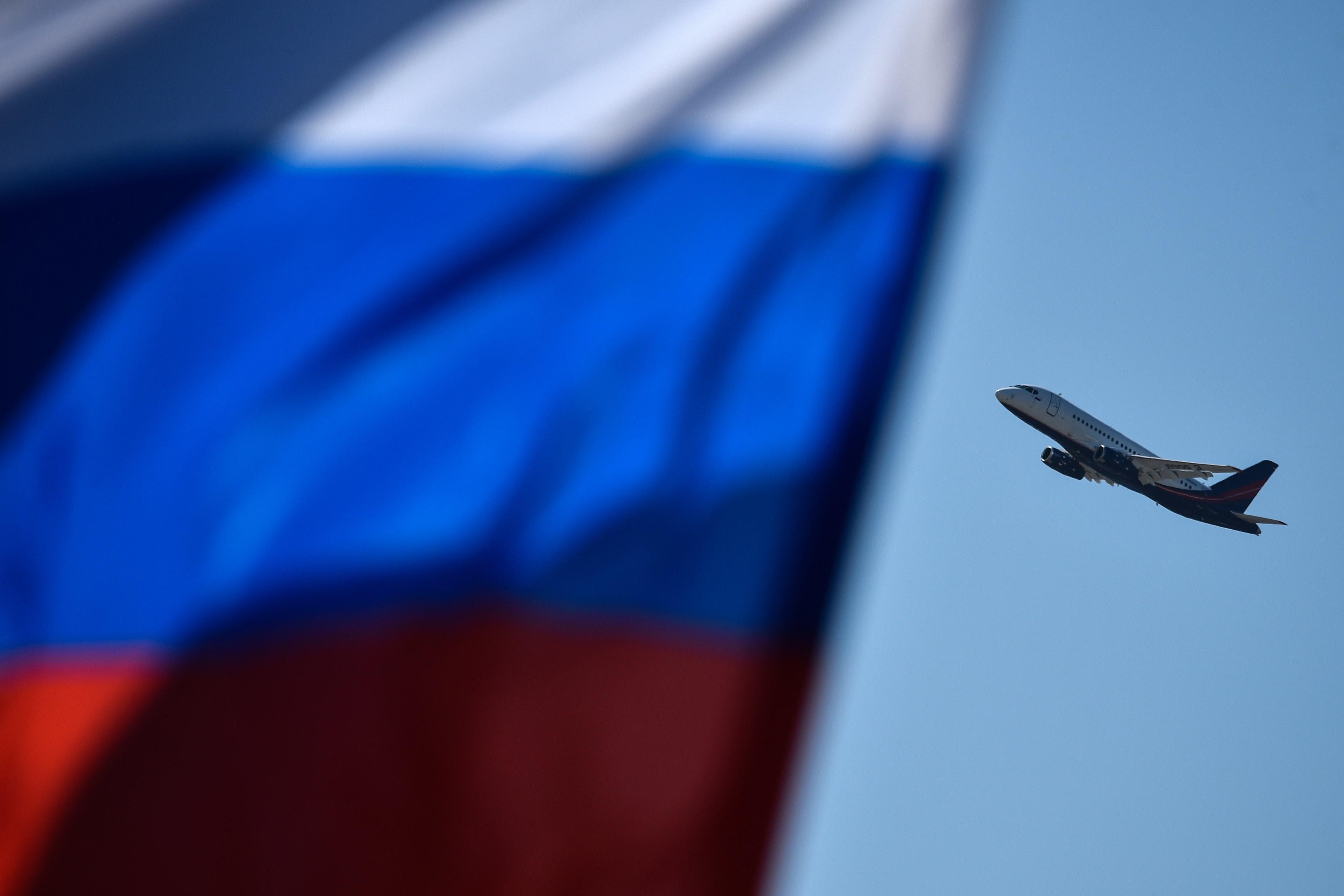Superjet-NEW To Make First Flight In Early 2023 With Russian Engines

Credit: Kirill Kudryavtsev/AFP via Getty Images
Russia’s United Aircraft Corporation has intensified the development of an import-substituted version of its Superjet (SSJ) 100 regional jet—which remains almost the only commercial passenger aircraft Russian domestic carriers can use for international flights now. The first flight of the new...
Subscription Required
This content requires a subscription to one of the Aviation Week Intelligence Network (AWIN) bundles.
Schedule a demo today to find out how you can access this content and similar content related to your area of the global aviation industry.
Already an AWIN subscriber? Login
Did you know? Aviation Week has won top honors multiple times in the Jesse H. Neal National Business Journalism Awards, the business-to-business media equivalent of the Pulitzer Prizes.
